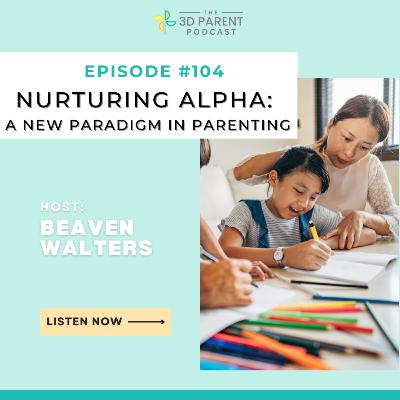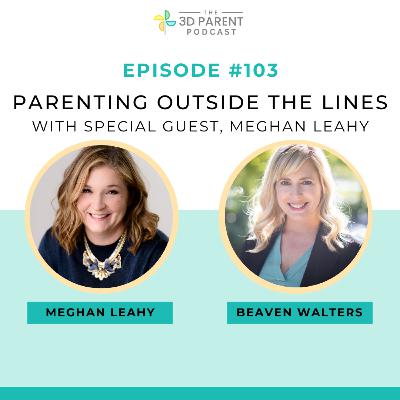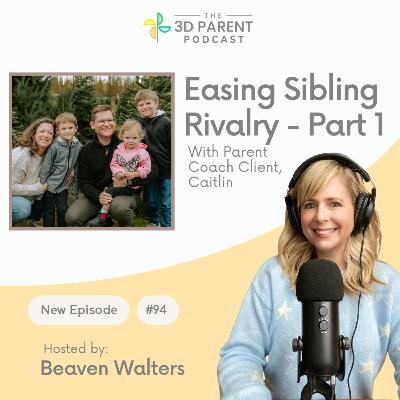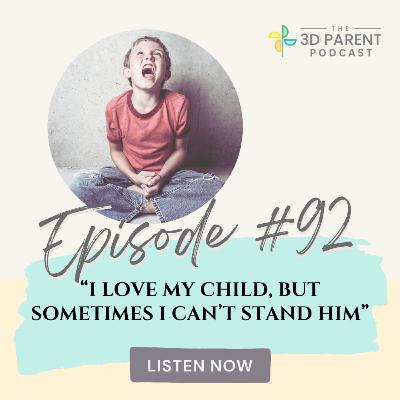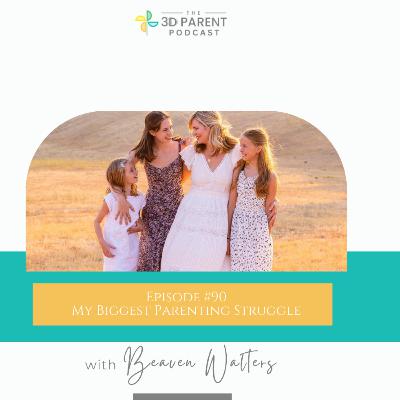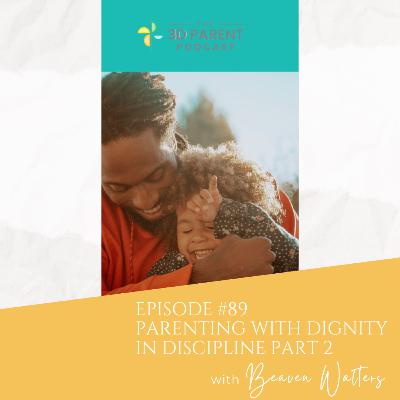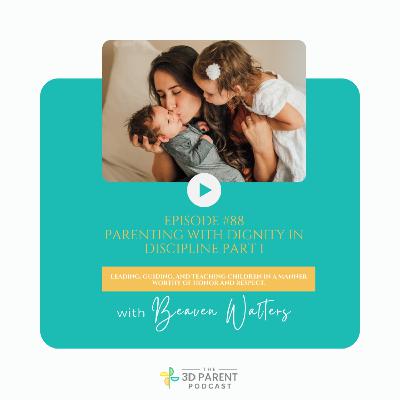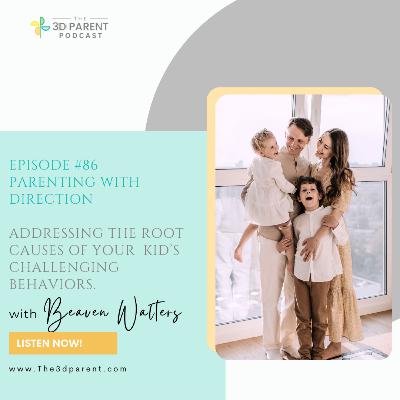#98 Tackling Hoarding Habits in Kids
Description
DESCRIPTION:
Hello there, parents! If your child displays strong emotional attachments to their possessions, even those that seem useless or like plain old junk to you, then you might be dealing with more than just a messy room!
Today's discussion is for those of you who might have noticed a certain clutter-loving tendency in your kids. You know the type – toys scattered like confetti, collections multiplying in every nook and cranny, and objects seemingly without a home. Now, for many, this might just signal a lack of organization or still-developing executive function skills. But for some, it might be a hint at something more serious – hoarding behaviors.
💬 Join us for a chat as we:
1.Distinguish between hoarding and typical disorganization or messiness
2. Identify the signs and symptoms of hoarding in children
3. Highlight the positive aspects of collecting in child development
4. Discuss typical treatment approaches for serious hoarding behaviors in children
5. Empower parents with strategies to reverse hoarding tendencies before they reach a level requiring therapeutic intervention
I hope you find these insights helpful and actionable. As always, remember to prioritize your child's well-being and seek support when needed.
READY TO TAKE YOUR PARENTING TO THE NEXT LEVEL?
For 3D Parent Coaching Services:
- If you're looking for personalized guidance and support, consider exploring my parent coaching services. CLICK HERE to book a complimentary parent coach consultation call.
- Interested in Receiving 2 Free Parent Coaching Sessions? Become a Parent Coaching Guest on the podcast and receive 2 free parent coaching sessions, one to be recorded on my podcast and one private follow-up session. CLICK HERE to contact me about this opportunity and let's tackle your parenting concerns together.
CONNECT WITH ME:
- Follow: The 3D Parent on Instagram
- Follow: The 3D Parent on Facebook
- Join: The 3D Parent Lounge Private Facebook Group
- Email: Contact Me
SHOWNOTES:
Today's episode is for all of you who might be dealing with little clutterbugs at home – you know, the ones with messes everywhere, collections multiplying like rabbits, and items that seem to have taken a permanent vacation from their designated spots. Now, for some of you, this might just be a case of your kid not being the tidiest or most organized soul, and that's totally okay. But for others, it could be a sign of something deeper – hoarding behaviors.
When you think of hoarding, maybe you've seen those intense episodes of "Hoarders" on TV, where you're simultaneously fascinated, alarmed, and intrigued by the psychological complexity behind it all. Well, today, we're bringing that conversation closer to home by shedding light on early signs of hoarding behaviors in kids.
If your child seems to have an unusually strong emotional attachment to their stuff, even the things that seem like junk to you, then it might be time to pay attention. While we're diving into some strategies today, it's super important to understand that this podcast isn't a substitute for professional assessment.
If your child's distress levels are off the charts when it comes to their possessions, it may be time to loop in a psychologist, a doctor, or someone who is an expert on psychological conditions in kids.
Signs and Symptoms of Hoarding in Children
I. First, you need to identify if your child has any physical indicators of hoarding behavior
It's a crucial distinction, and here's how you can make it. Dr. Jerry Bubrick, of the Child Mind Institute, uses these four insightful questions to help assess for physical indicators of hoarding behaviors:
1. Can you see the floor in your child’s room?
2. Can your child get clean clothes out of their closet, or is it so packed with stuff that they can’t get in there?
3. Can your child sleep in their bed, or is their bed temporary storage for everything?
4. Can your child do homework/projects at their desk, or is their desk covered with all kinds of stuff?
These questions might seem simple, but they're powerful indicators of potential hoarding behaviors. Take some time to observe your child's space and ask yourself these questions. It's a great starting point for understanding what's going on and how you can best support your little one.
II. Second, you need to assess for your child’s emotional attachment to possessions:
Now, we've covered some practical questions to assess the physical clutter in your child's space. We also need to evaluate their emotional attachment to their possessions. For some kids, it's not about the object itself, but the memories associated with it. That napkin from a birthday party? It might seem like trash to you, but to your child, it's a cherished memento of a happy day spent with friends. Getting rid of it feels like saying goodbye to a piece of that memory which might be too difficult for some children.
Kids with hoarding tendencies often struggle to let go of useless items, fearing that they'll be lonely or abandoned if tucked away out of sight. It's like each object has its own feelings, and the mere thought of parting with them feels like a loss or even a betrayal. They also tend to react quite differently. They might get visibly upset, throw tantrums, or even show signs of aggression when faced with decluttering.
III. Third, look for patterns of accumulation
Keep an eye out for those patterns of accumulation. Are they gathering things without much thought or purpose?
Sure, collecting coins might seem reasonable—they can be saved up and used as money later on. But what about sticks, acorns, bottle caps, or even rocks? If your child is accumulating these kinds of things in abundance, This could be a sign that they're struggling to differentiate between what's valuable and what's just clutter.


